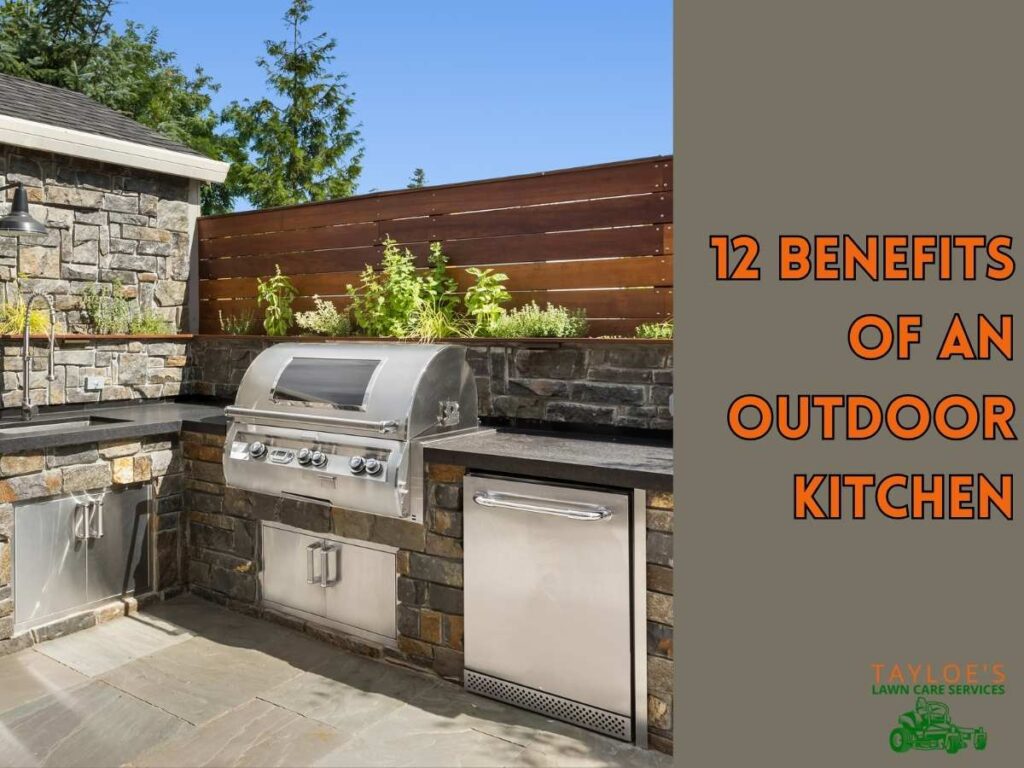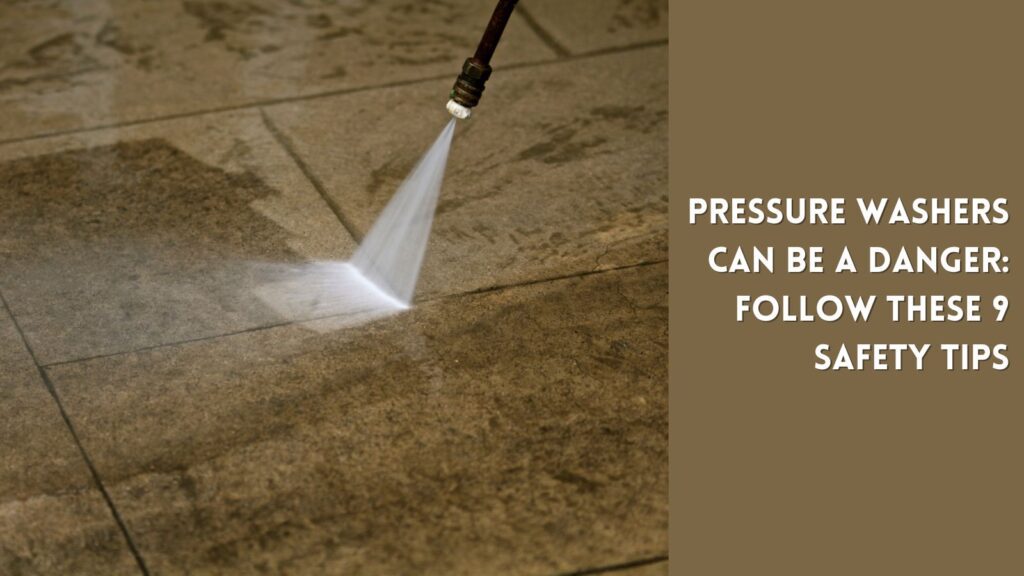Last Updated on: 30th October 2023, 09:29 pm
Spend time on your deck on cool evenings by investing in a patio heater.
Outdoor patio heaters can help residents of eastern North Carolina enjoy their beautiful outdoor spaces for even more of the year.
Spending time outdoors is one of life’s great pleasures, but chilly temperatures and wild weather changes can damper your plans. Fortunately, investing in an outdoor heating unit can help you extend your outdoor season entertaining by providing warmth and comfort in cool weather.
But with so many options available, choosing the right style for your needs can be overwhelming.
In this article, we’ll explore the factors to consider when purchasing an outdoor patio heater, including the different types of models available, their features, and their pros and cons. With this information, you can select the perfect one to keep you and your guests warm and cozy, no matter the weather.
Four Convincing Reasons to Heat Your Outdoor Space With a Patio Heater
Investing in a patio heater can be a great way to make the most of your outdoor space. Whether you want to extend your outdoor season or enjoy a spring or fall evening on the patio, a heating unit will provide numerous benefits. Here are some of the key advantages of investing in a patio heater.
- Comfortably Enjoy Your Outdoor Spaces: One of the main benefits of investing in a patio heater is its comfort. Patio heaters can help to keep you and your guests warm and comfortable during cooler evenings. This heating option can be especially beneficial if you host a party or gather outside.
- Cost-Effective: Patio heaters are cost-effective for heating your outdoor space. They’re also efficient and relatively inexpensive to operate, making them perfect for entertaining at home on a budget.
- Versatility: Patio heaters are highly versatile and helpful in various settings. Whether you’re looking to heat a small patio or a large outdoor area, a patio heater can provide the perfect solution.
- Safety: Patio heaters are also a safe option, designed for outdoor use. The built-in safety means you don’t have to worry about potential fire hazards or carbon monoxide. However, these heating units have come a long way since their inception.

Your First Consideration: Gas Versus Electric
When choosing an outdoor heating unit, one of the most important factors to consider is the type of fuel it uses. Gas-powered and electric patio heaters are two popular options with unique features, advantages, and disadvantages. So let’s take a closer look at the key features of these two types of patio heaters, as well as the pros and cons of each.
Gas-Powered Patio Heaters
Gas-powered patio heaters run on either propane or natural gas. These heaters typically use a tall, freestanding design with a heat source at the top of a post or pole. Some models may also feature a tabletop design. Here are some of the key features of gas-powered patio heaters:
- Heat Output: Gas-powered outdoor heating units are known for their high heat output. These heaters typically produce heat ranging from 40,000 to 60,000 BTUs, enough to keep a sizeable outdoor area warm and comfortable.
- Mobility: Gas-powered patio heaters keep mobility in mind. Most models come with wheels or casters, which makes it easy to move them around the patio as needed.
- Fuel Source: Gas-powered heating units require either propane or natural gas as fuel sources. You replace propane tanks when empty–like a gas grill. On the other hand, natural gas requires a fixed gas line installation on the porch, deck, or patio.
- Safety: When using gas-powered heat sources, it is essential to take safety precautions. These units produce carbon monoxide, which can be harmful if not properly ventilated. It is also essential to ensure that the tower is stable and not in danger of tipping over.
Pros of gas-powered
- High Heat Output: Gas-powered patio heaters are known for their high heat output, which makes them an excellent choice for large outdoor spaces.
- Mobility: Many gas-powered patio heaters are designed with mobility in mind, which makes it easy to move them around the patio as needed.
- Quick Warm-Up Time: Gas-powered heating units can quickly warm up a substantial outdoor space, perfect for using your patio during the cooler months.
- Wide Range of Designs: Gas-powered heating towers come in a wide range of designs, which makes it easy to find a model that fits your patio’s decor.
Cons of gas-powered
- Fuel Costs: Gas-powered models require propane or natural gas as a fuel source, which can be more expensive over time.
- Safety Concerns: Gas-powered heating units produce carbon monoxide, which can be harmful if not properly ventilated. It is also vital to ensure that the heater is stable and not in danger of tipping over.
- Maintenance: Gas-powered models require regular maintenance to function correctly and safely.

Electric Patio Heaters
Electric models use electricity and are better for smaller patios and outdoor spaces. These heaters are typically smaller and more compact than gas-powered models and can mount on walls, ceilings, or other surfaces. Here are some of the key features of electric patio heaters:
- Heat Output: Electric patio heaters have a lower heat output than gas-powered models, typically ranging from 1,000 to 5,000 watts.
- Mobility: Electric patio heaters often mount on walls, ceilings, or other surfaces, which makes them less mobile than gas-powered models.
- Fuel Source: Electric patio heaters require electricity and a nearby power source, such as an outdoor electrical outlet.
- Safety: Electric patio heaters do not produce carbon monoxide and are generally considered safer than gas-powered models. However, they can still pose a fire hazard if not used properly.
Pros of electric
- Easy to Use: Electric patio heaters are easy to use. They can be turned on and off with a simple switch, making them a convenient option for outdoor heating.
- Low Maintenance: Electric patio heaters require very little maintenance. They do not require fuel tanks or gas lines, so they do not need to be refueled or have their gas lines checked.
- No Emissions: Electric patio heaters do not produce emissions or fumes, making them an environmentally friendly option.
- Quiet Operation: Electric patio heaters operate quietly, so you can enjoy the warmth without distracting noise.
Cons of electric
- Lower Heat Output: Electric units have a lower heat output than gas-powered models, which may not be suitable for larger outdoor spaces.
- Limited Mobility: Electric models install on walls, ceilings, or other surfaces, which makes them less mobile than gas-powered models.
- High Initial Cost: Electric heating units can be more expensive to purchase upfront compared to gas-powered models.
- Dependence on Power Source: Electric models require a power source, such as an outdoor electrical outlet. If there is a power outage, the heater will not function.

The Takeaway: Both Electric and Gas Patio Heaters Can Keep You Warm, But Each Demands Careful Consideration Before You Open Your Wallet
Both gas-powered and electric models have pros and cons when choosing a patio heater. Gas-powered patio heaters are known for their high heat output and mobility, but they require regular maintenance and can be expensive to operate over time. On the other hand, electric patio heaters are easy to use, low maintenance, and environmentally friendly. Still, they have a lower heat output and can be more expensive to purchase upfront.
Choosing between gas-powered and electric patio heaters will ultimately depend on your needs and preferences. When deciding, consider the size of your outdoor space, your budget, and your desired mobility and heat output level. With the right style, you can enjoy your outdoor space year-round, no matter the temperature outside.

Author Profile

- Deborah Tayloe is the CEO and co-founder of Tayloe's Lawn Care Services, LLC. She has a B.S.Ed and holds certificates in soil and water management and herbology from accredited programs.
Latest entries
 GardeningSeptember 27, 2025What perennials, shrubs, and trees don’t like fall pruning (and why)?
GardeningSeptember 27, 2025What perennials, shrubs, and trees don’t like fall pruning (and why)? Trees and ShrubsSeptember 14, 2025Fall Shrub Pruning Guide (September–October)
Trees and ShrubsSeptember 14, 2025Fall Shrub Pruning Guide (September–October) Trees and ShrubsApril 22, 2025Boxwood Blight: Early identification and isolation
Trees and ShrubsApril 22, 2025Boxwood Blight: Early identification and isolation Flower GardenApril 8, 2025John F. Kennedy Rose: Hybrid tea rose with elegant white blooms
Flower GardenApril 8, 2025John F. Kennedy Rose: Hybrid tea rose with elegant white blooms





